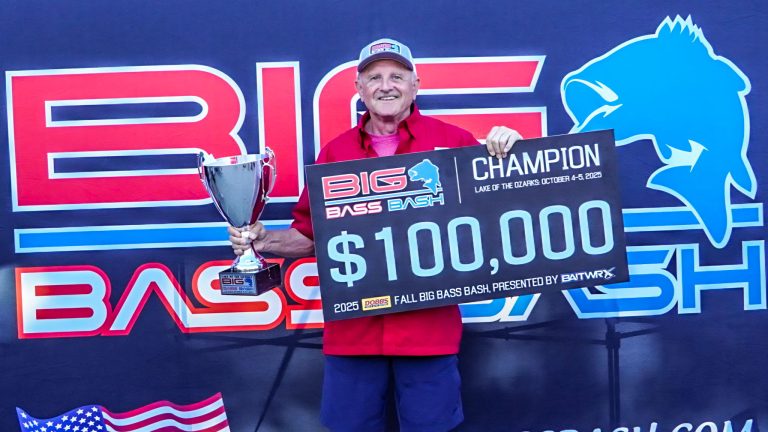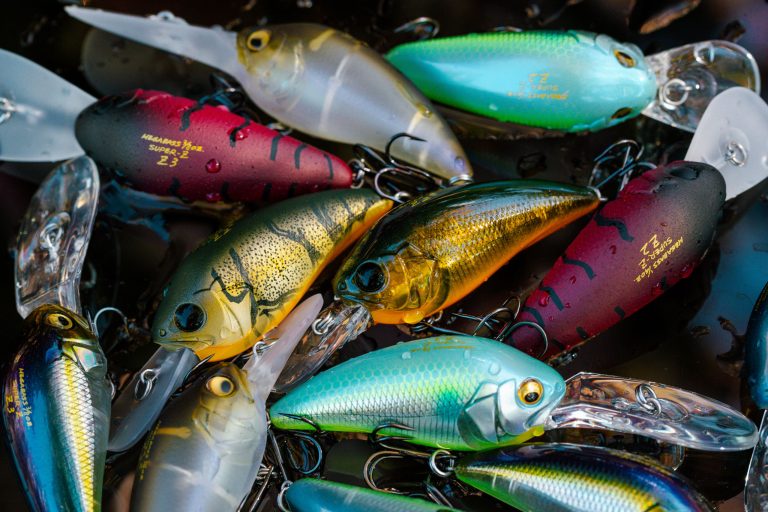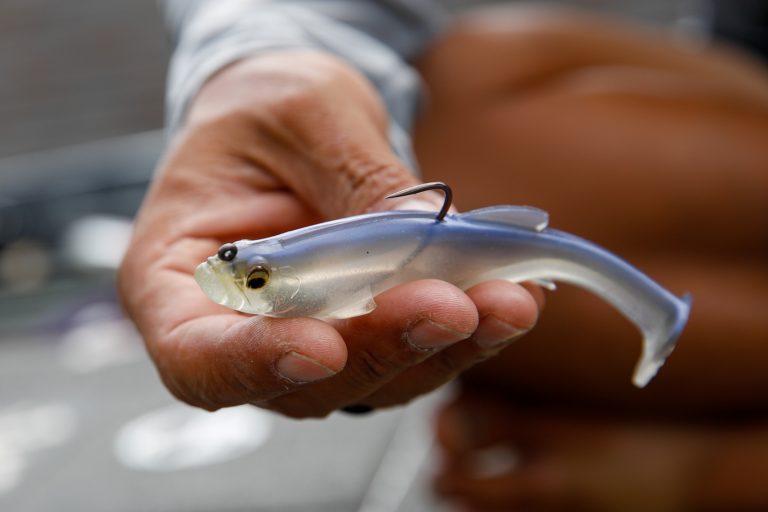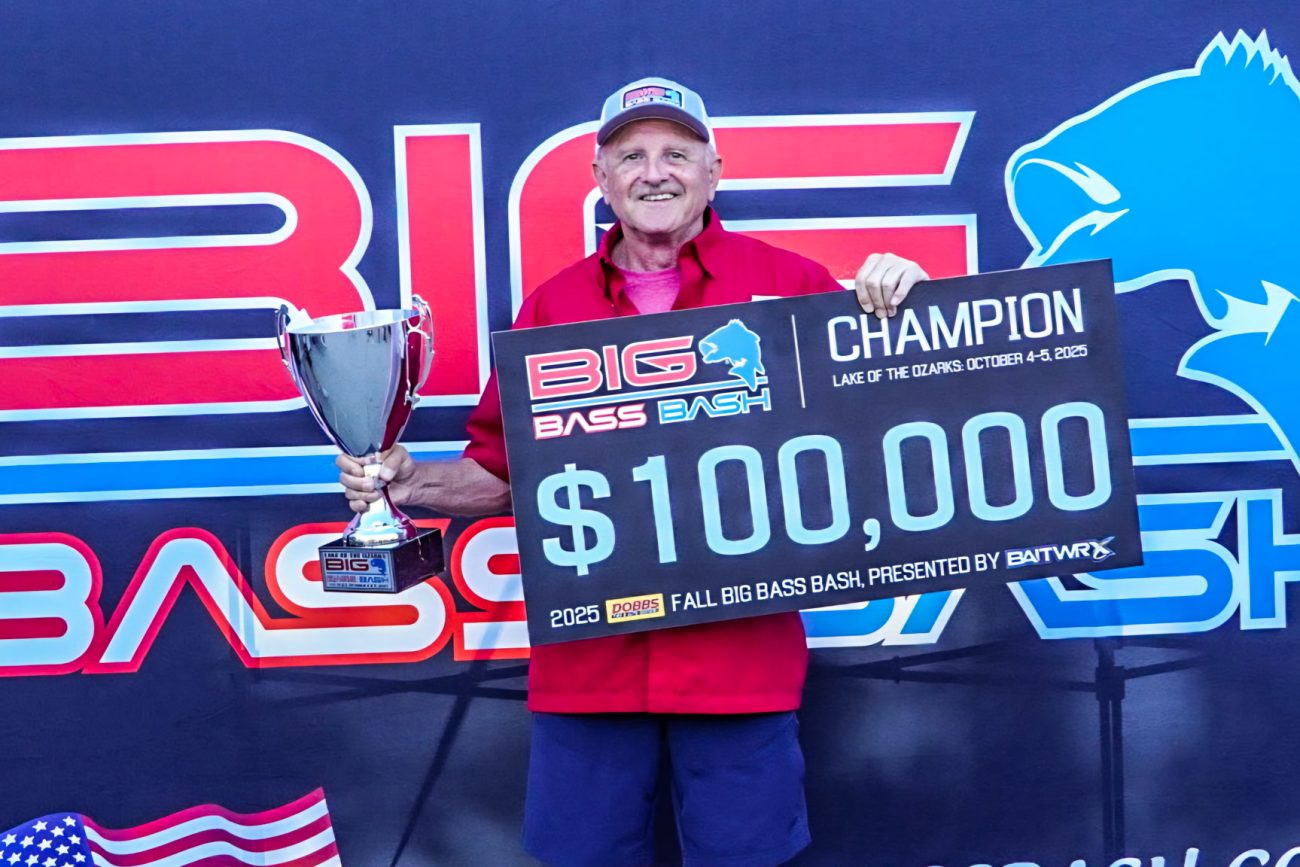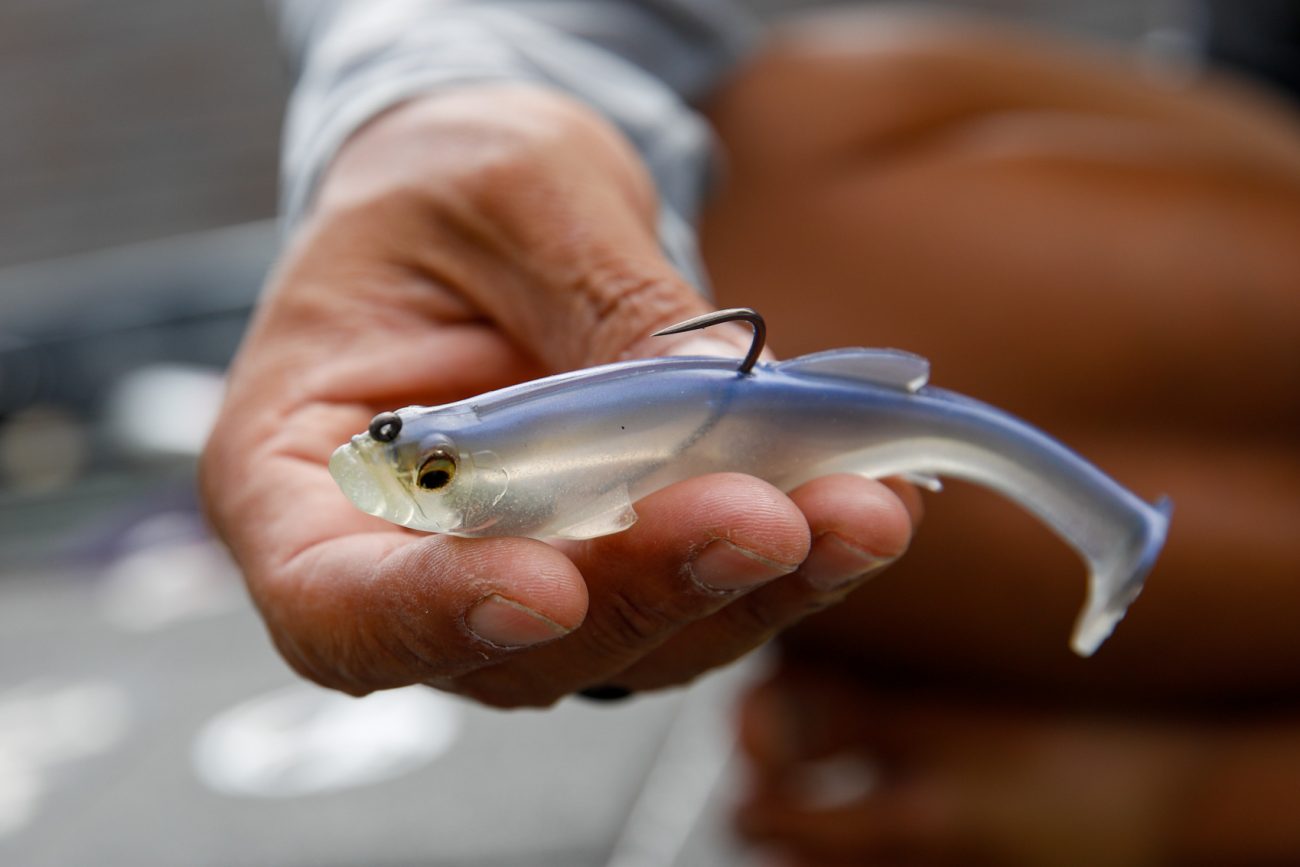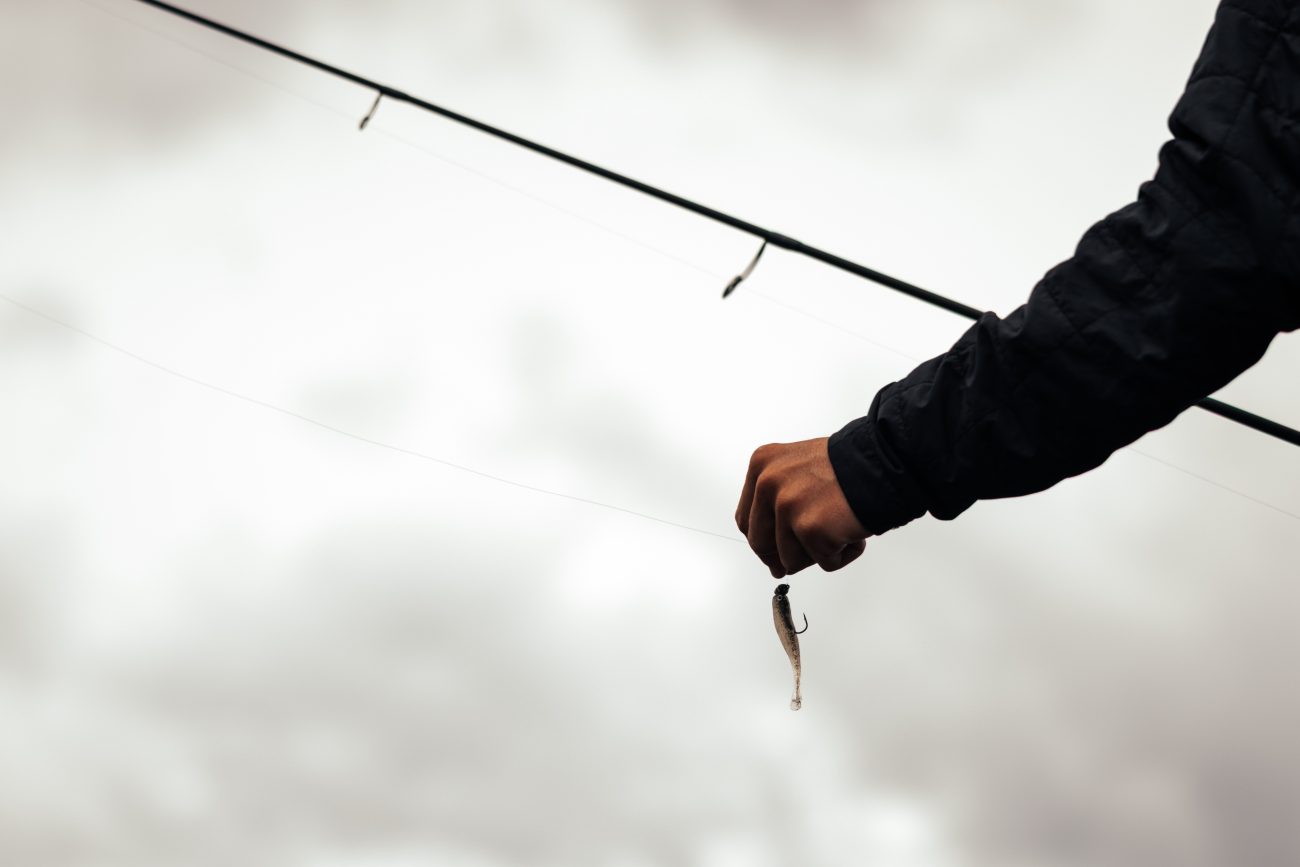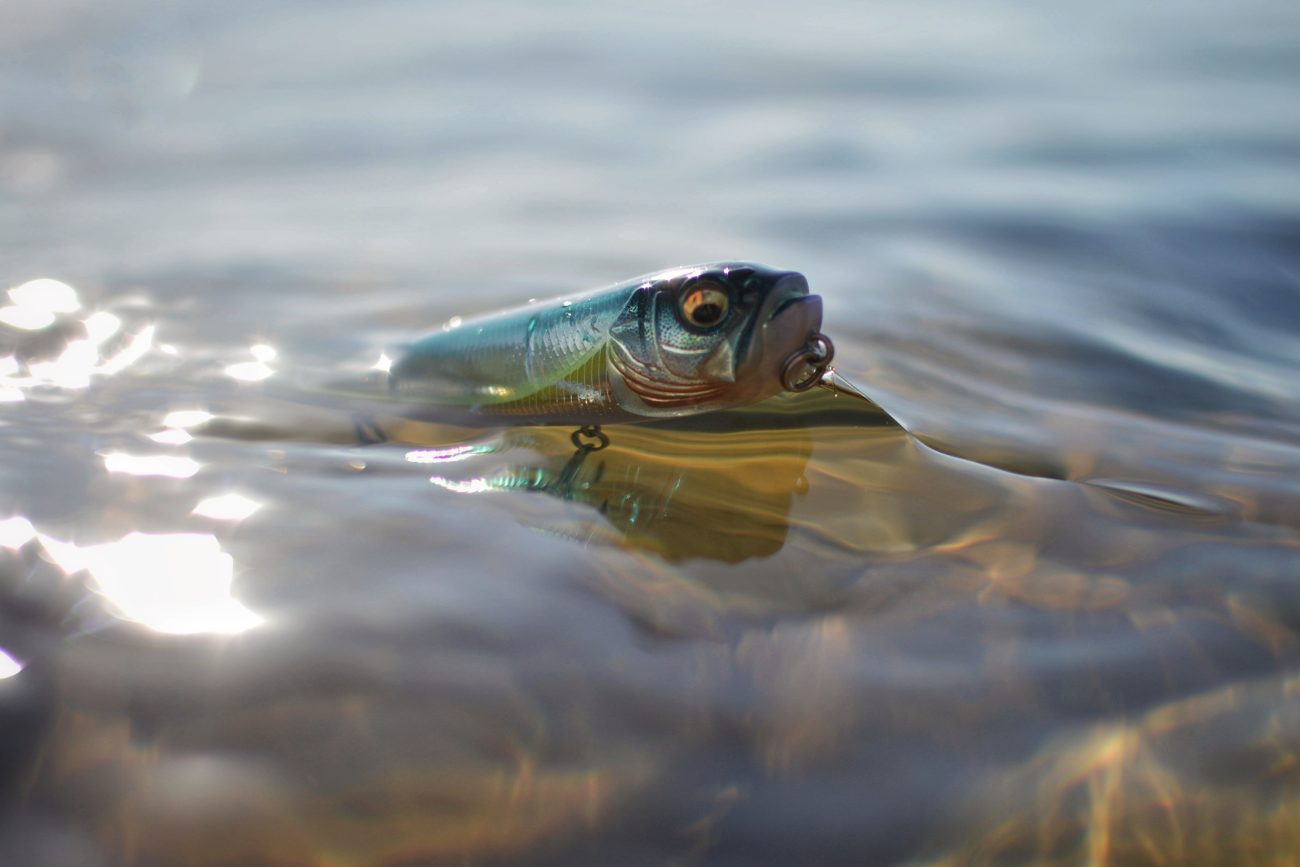Edwin Evers, the 2016 Bassmaster Classic champion from Oklahoma, is no stranger to jig fishing. In fact, his finesse jig helped him secure the Classic title on Grand Lake. But even though he hails from traditional jig country, Evers has embraced the swimbait revolution sweeping through the tournament bass fishing scene.
While oversized “tennis shoe” swimbaits dominate headlines, Evers prefers bite-sized, bottom-bouncing options that consistently perform on tour. That’s exactly why the Megabass Dark Sleeper swimbait caught his attention.
A Swimbait That Fishes Like a Jig
“When you look at it, it looks like a jig,” Evers said of the Dark Sleeper, which features an integrated top hook, a keel-weighted design for stability, and a tall dorsal fin for weedless performance. Available in 3-inch sizes at 3/8, 1/2, and 3/4 ounce—and a 3.8-inch, 1-ounce version—the Dark Sleeper offers heavyweight action in a compact profile.
Evers immediately saw potential beyond traditional swimbait retrieves. Instead of just swimming it along the bottom, he fished it like a finesse jig, creeping and hopping it over rocks, wood, and grass. The result? A jig-style bait with added realism, thanks to its subtle tail movement and lifelike profile.
Why It Outperforms a Football Jig in Certain Situations
While football jigs remain a staple for offshore structure fishing, Evers believes the Dark Sleeper excels in clear water and when targeting pressured fish. “Smallmouth especially will follow a lure closely,” he explained. “The Dark Sleeper’s tall fin conceals the hook, making it more natural—and totally weedless.”
He primarily uses the 1/2-ounce size in depths up to 15 feet, especially around transition areas and submerged structure, because it doesn’t bog down like a heavier jig. But he’s also expanding into deeper water with the heavier models, confident they can match or outperform jigs in traditional ledge or offshore spots.
Swimbait Gear Setup: Rod, Reel & Line
Evers fishes the Megabass Dark Sleeper on a 7’4” medium-heavy rod, paired with a high-speed baitcasting reel and 12–17 lb fluorocarbon, depending on cover and water clarity. The fast reel helps him manage slack and get tight on fish quickly—especially when bites come on the fall.
And although it’s technically a swimbait, Evers sets the hook like it’s a jig: hard and decisive.
Color Choices for Any Forage
Evers keeps it simple with color selection based on local forage species:
-
Donko – Imitates crawfish
-
Haze – Mimics perch or bluegill
-
Shirauo – Matches shad, ideal for ledge lakes like Kentucky Lake
These colors allow him to match-the-hatch wherever the tour takes him—from northern smallmouth lakes to southern shad-based fisheries.
Beyond the Bottom: Versatile Applications
What makes the Dark Sleeper truly special, according to Evers, is its versatility. He’s fished it successfully:
-
Skipping under docks
-
Dragging across boulders
-
Creeping through heavy grass
-
Stroking it off ledges
“It’s like a spinnerbait in that it’s weedless,” he said, “but you can fish it on the bottom, mid-column, or skip it shallow. It’s just that versatile. The sky’s the limit.”
Watch Edwin Evers in Action
Want to see exactly how Edwin Evers fishes the Dark Sleeper and why it’s become one of his most exciting techniques in recent years? Watch the video below and learn how to unlock this swimbait’s full potential in your own fishing.

